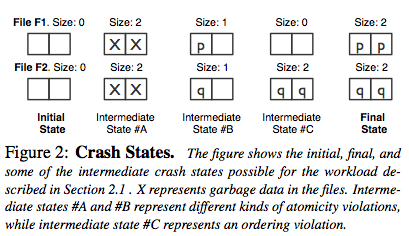Arrakis: The OS is the control plane

This paper (authored by Simon Peter, Jialin Li, Irene Zhang, Dan R. K. Ports, Doug Woos, Arvind Krishnamurthy, and Thomas Anderson, University of Washington; Timothy Roscoe, ETH Zürich) was awarded a best paper award in OSDI 2014. The paper "described and evaluated Arrakis, a new operating system designed to remove the kernel from the I/O data path without compromising process isolation. Unlike a traditional operating system, which mediates all I/O operations to enforce process isolation and resource limits, Arrakis uses device hardware to deliver I/O directly to a customized user-level library. The Arrakis kernel operates in the control plane, configuring the hardware to limit application misbehavior." The Arrakis paper avoids mentioning containers, but what they propose has a lot of applicability to the containers technology. Containers aim to provide isolation/portability of VM without incurring the overhead of VMs. So containers run an application set on the OS and r...








